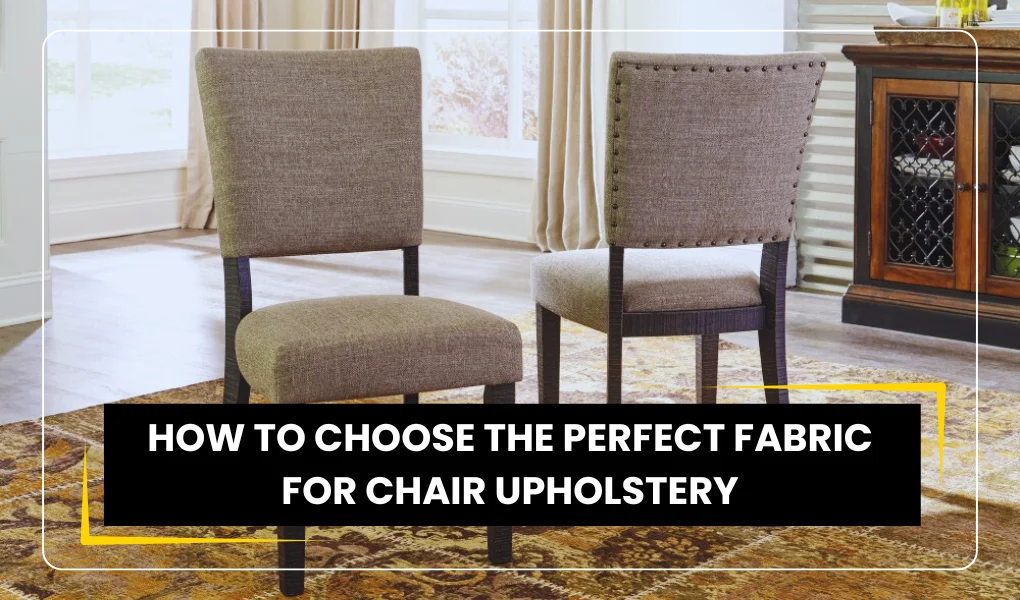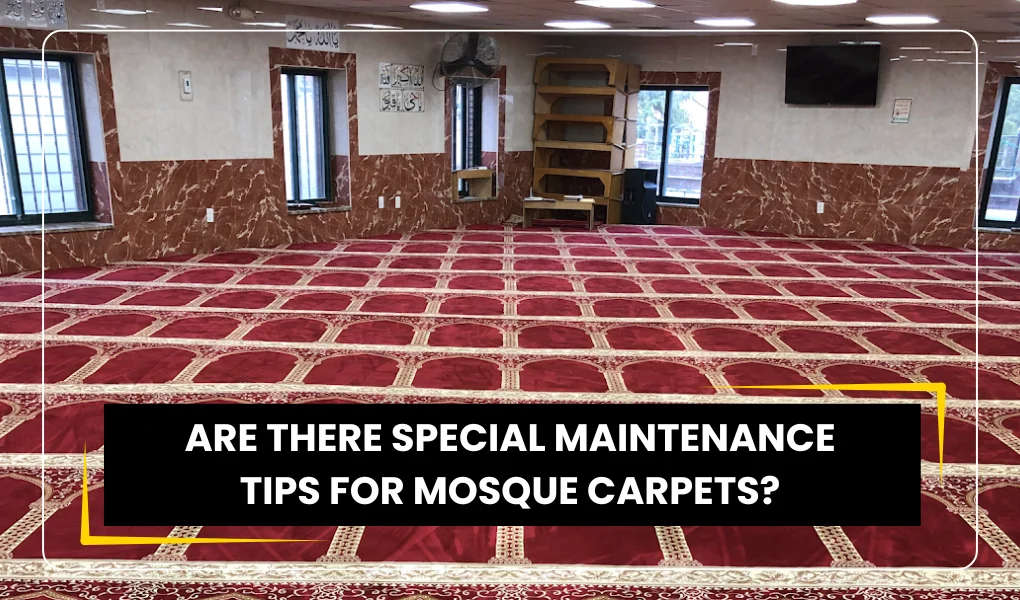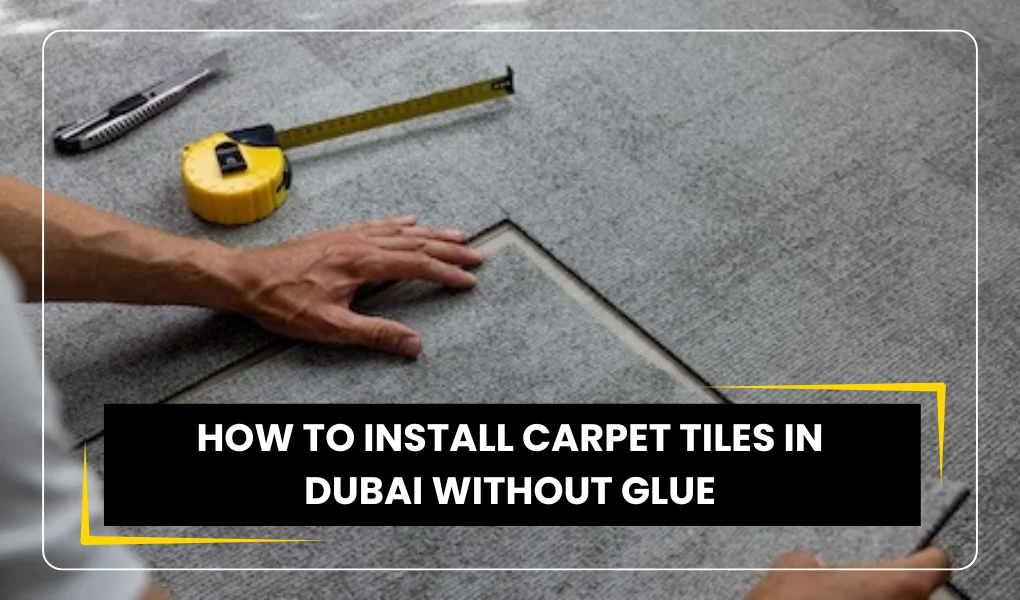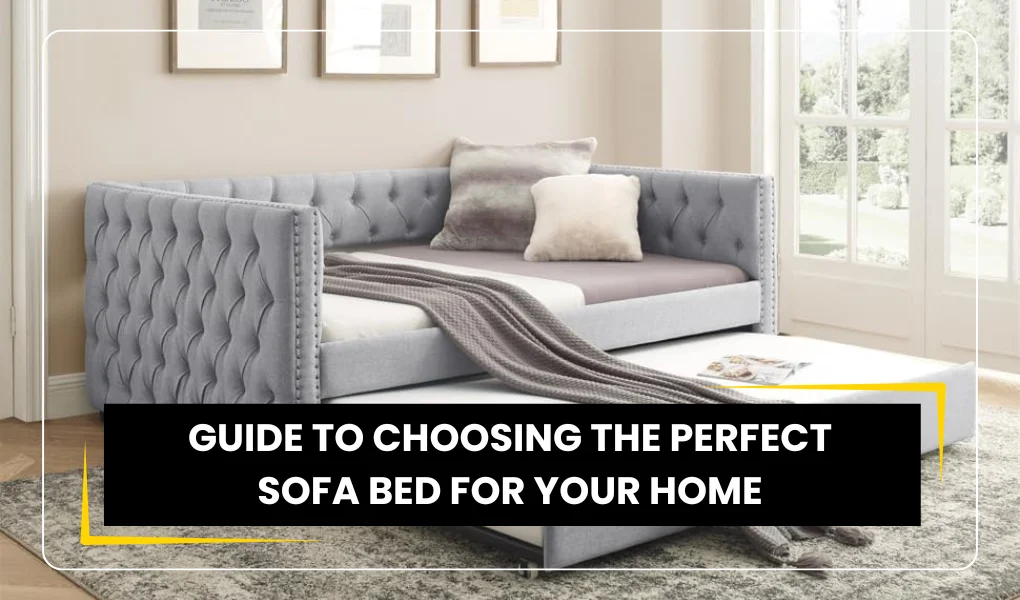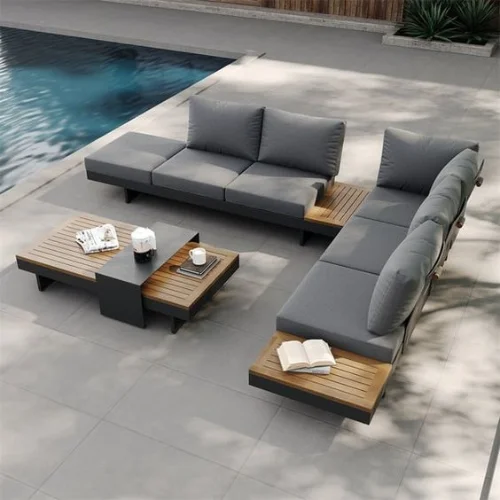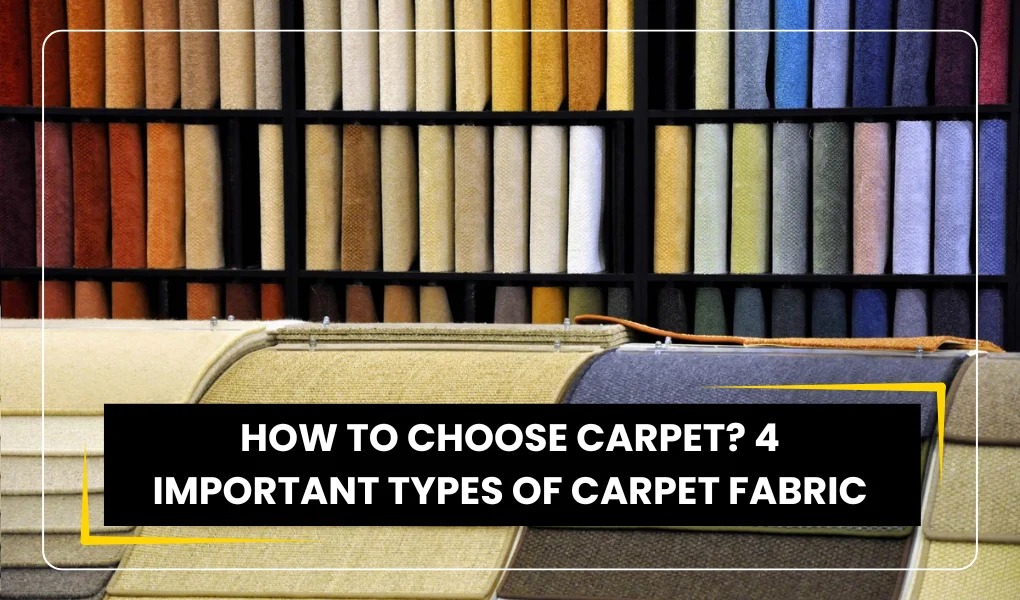
How To Choose Carpet? 4 Important Types of Carpet Fabric
Many facets must be viewed when choosing a carpet. Our guide on choosing carpet in Dubai advises and inspires you, covering general wear, the cost of fitting, underlying tear, and how long you want your carpet to last.
Carpet is a multiple relaxing choice, as it is a regular addition to living spaces and bedrooms. Nevertheless, it may not be as easy as any other floor option—think laminated and solid wood; ease, warmth, and sound absorption are not better options.
You can limit your options when applying your carpet and the strokes it will take.
4 Important Types of Carpet Fabric
When choosing a carpet for your bedroom, a softer pile resists slippers or bare feet, but you will need a dense, tight, low-pile tuft in those high-traffic areas.
Fabrics To Choose That Use in Carpet
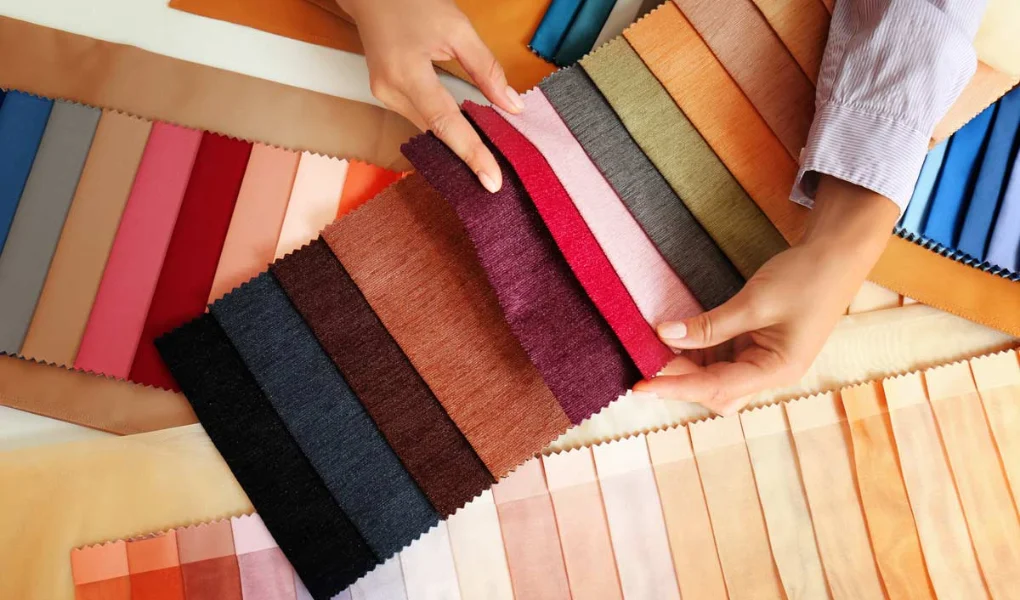
Wool is generally used for high-quality carpets. You’ll pay more for natural materials but get a great look and sturdy, extremely durable floor covering. Wool also has top isolation marks—perfect for heat loss and noise reduction—and retains a surprisingly good appearance. Even wool feels luxurious and beautiful underfoot!
Wool mix—Some consider an 80% wool mix and 20% human-made fibers (e.g., polyamide or polyester) the best combination for an all-around carpet.
Polypropylene: This custom fibrous carpet is well-known for its durability and stain resistance. It can be cleaned with a mild solution, but always consult the manufacturer or seller first. Polypropylene is nonetheless flammable and not going extinct.
Polyamide (nylon) – Available in a broader range of colors and vibrant, bright, non-wool colors. A durable all-purpose carpet with built-in stain-resistant treatments, suitable for a family home. It is made of standard polyamide or nylon, with high we arability.
Polyester – Frequently used for textured or shag carpets. Polyester resembles wool’s appearance and texture and is exceptionally smooth, stain-resistant, and durable. It is best used as a blend, not on its own.
Determine The Density Of The Carpet
First, evaluate the longevity of the carpets you purchase in Dubai. Consider a piled carpet’s thickness, strength, material, and weight. The denser and more resilient it is, the faster it should recover when pressed down.
Your carpet thickness should be required, primarily when you want to lay it in a dynamic area like a hallway or stairs. Unlike the carpet in Dubai, the frequency of each fiber counts on its tightness. Skim at the rear of the fabric and how many spaces are between the tuffs. The rug for stairs plays a crucial role, as significant gaps can cause the carpet to lose its strength more quickly.
Check The Weight Of The Fabric and Color Scheme
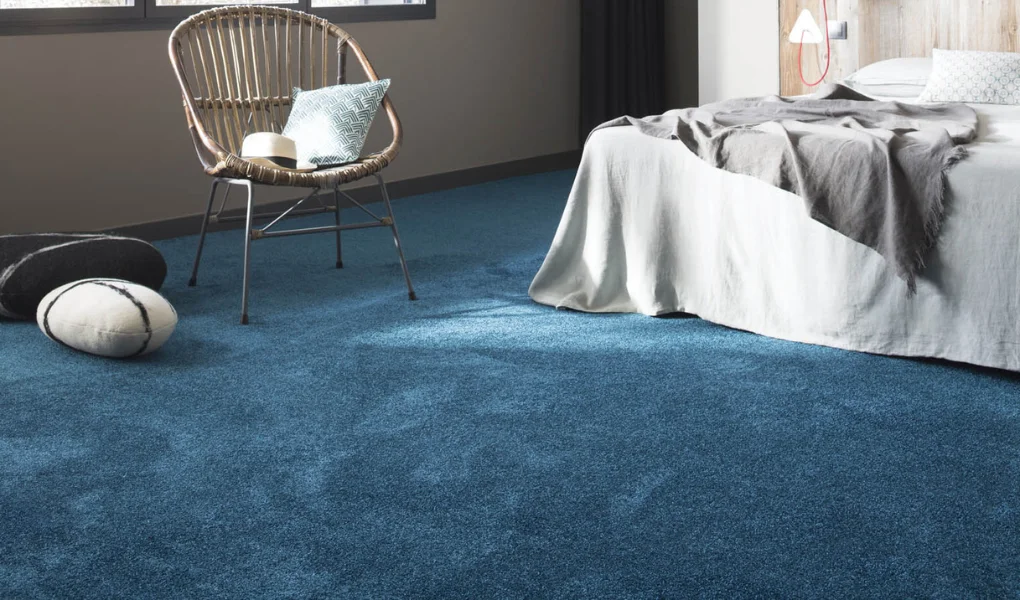
Check the volume of the fabric in matching styles, for instance, by reaching Berbers with others. The importance of the selection should be printed on the back. As a rule, small, dense fiber carpets are the most extended-living. The extended circle and grounded carpets look fatter but are of lower importance. Darker colors work best in well-strode streets, but you might choose a lighter shade for a bedroom.
Choose The Best Colors For Your Carpet
Many retailers offer the option to borrow a few samples and provide measuring and fitting services before making a final decision. Place the samples in your room’s light and dark areas to observe how light affects their color. Additionally, observe how quickly and easily the fabric flows and takes its form.
Before shopping, make a wild estimation to calculate your file’s price.
If your search is limited, this could be helpful. Measure the widest part of the room, including any bay windows, nooks, and door recesses, to ensure a good fit. Add 10 cm or more to the width and length measurements to account for any necessary cutting.
Calculate The Underlay Of A Carpet
You can calculate the underlayment using the same method. However, consider this a rough estimate, especially when fitting an unconventional space like the lobby and stairs. Remember to include trim pieces and factor in the final cost. And if you don’t like the specific grey shade you put on, some manufacturers provide a dyeing service to make the custom colour at a price.
Recently Posts
-
How to Choose the Perfect Fabric for Chair Upholstery?
-
How To Choose Carpet Dubai | 4 Important Types of Carpet Fabric UAE
-
Buy the Best Modern Furniture Collection Online in the UAE
-
Are There Special Maintenance Tips for Mosque Carpets?
-
How to select Window Treatment for your Dubai Office
-
How to Install Carpet Tiles in Dubai Without Glue
-
5 Best Curtains for Home Decor in Dubai & UAE
-
Guide to Choosing the Perfect Sofa Bed for Your Home
-
The Best Modular Office Furniture In Ras Al Khaimah
-
Types of Outdoor Furniture in Dubai

